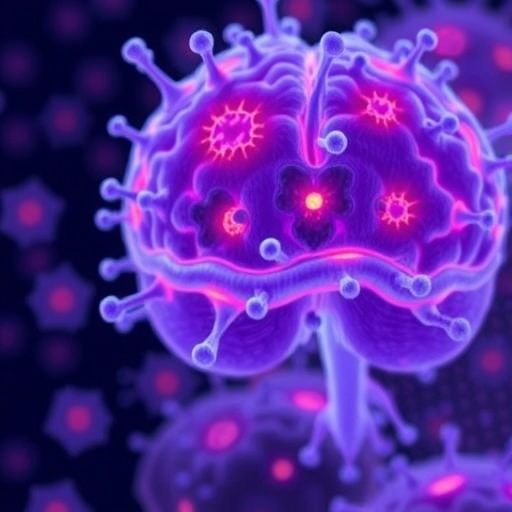Data presented at Neuroscience 2018 demonstrates genetic deletion of SARM1 protects axons in the central and peripheral nervous systems with a corresponding reduction of blood neurofilament-light (NF-L), a clinically-validated biomarker of axonal degeneration.
CAMBRIDGE, Mass., Nov. 3, 2018 – Disarm Therapeutics, a biotechnology company creating a new class of disease-modifying therapeutics for patients with axonal degeneration, a central driver of neurological disease, today announced data demonstrating that genetic inhibition of SARM1 prevents axonal degeneration in the central, ocular and peripheral nervous systems. Disarm also discovered that SARM1 inhibition lowers two biomarkers – blood NF-L and cADPR – providing critical insight into the development of small-molecule inhibitors of SARM1, identified by Disarm's scientific founders as the central driver of axonal degeneration. These data are presented today as a scientific poster at the Neuroscience 2018 conference in San Diego.
Axonal degeneration is a common yet unaddressed pathology in a broad range of neurological diseases. It causes disability and disease progression in chronic and acute diseases of the central, ocular, and peripheral nervous systems such as multiple sclerosis, amyotrophic lateral sclerosis, glaucoma, and peripheral neuropathies. Disarm Therapeutics is developing disease-modifying SARM1 inhibitors to treat axonal degeneration.
Highlights from the data presented at Neuroscience 2018 include:
- SARM1 genetic deletion protects axons in vitro and in vivo
- cADPR, a metabolite of SARM1, was identified, for the first time, as a proximal biomarker of SARM1 enzymatic activity in vitro and in vivo
- NF-L, a prognostic biomarker of neurodegeneration increasingly used in the clinic, is released in blood following CNS, ocular, and PNS axonal degeneration in a SARM1-dependent manner
"The data presented at Neuroscience 2018 are important milestones in Disarm's work as we develop small-molecule inhibitors that prevent axonal degeneration in diseases such as multiple sclerosis and peripheral neuropathies," said Rajesh Devraj, PhD, founder and chief scientific officer of Disarm Therapeutics. "We now have validated biomarkers that measure SARM1 activity and axonal degeneration. These are important tools for translating our therapies rapidly into human clinical trials and, ultimately, to patients."
###
About Disarm Therapeutics
Disarm Therapeutics is a biotechnology company that is creating a new class of disease-modifying therapeutics for patients with axonal degeneration, a central driver of neurological disease-causing disability and disease progression. By inhibiting the SARM1 protein, identified by the company's scientific founders as the central driver of axonal degeneration, these therapeutics may prevent the loss of axons in chronic and acute diseases of the central, ocular, and peripheral nervous systems. For a broad range of diseases including multiple sclerosis, amyotrophic lateral sclerosis, glaucoma, and peripheral neuropathies, the therapeutic goal is to prevent further degeneration, stabilize disease, and allow for functional recovery. Disarm was founded by Atlas Venture, Dr. Jeffrey Milbrandt and Dr. Aaron DiAntonio of Washington University in St. Louis, and a team of exceptional scientists and drug developers committed to developing a new treatment paradigm for patients with neurological diseases. For more information, please visit http://www.disarmtx.com.
Media Contact
Sara Green, Ten Bridge Communications
[email protected]
617-233-1714
Media Contact
Sara Green
[email protected]
617-233-1714




